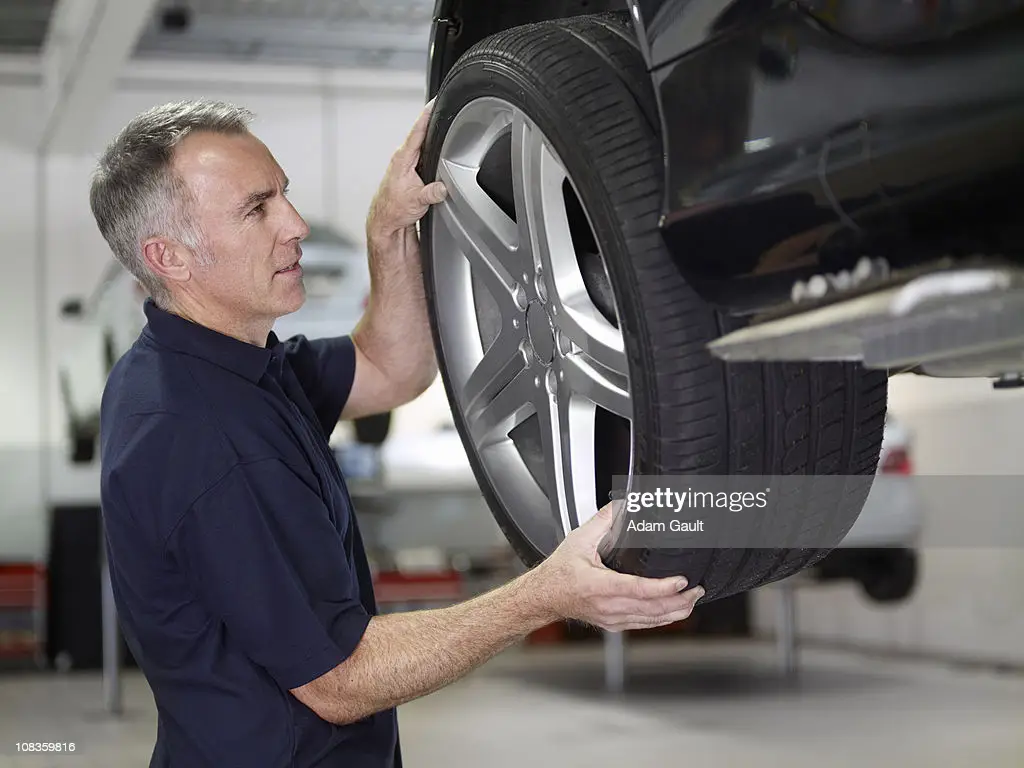Proper tire rotation is a critical aspect of regular vehicle maintenance. By rotating your tires at recommended intervals, you can ensure even wear, extend tire life, improve handling, and maintain optimal performance. However, understanding the best way to rotate tires can be confusing for many vehicle owners. In this article, we will delve into the importance of tire rotation, explore different rotation patterns, and provide insights into choosing the best approach to maximize tire longevity and performance.
The Importance of Tire Rotation:
Tire rotation involves moving each tire from one wheel position to another. The main objective is to distribute the wear evenly across all four tires since certain positions, such as the front axle in front-wheel drive vehicles, tend to experience more wear than others. Here are the key reasons why tire rotation is essential:
Even Tire Wear: Tires wear at different rates depending on their position on the vehicle and various driving factors. By rotating the tires regularly, you can equalize the wear and prevent uneven tread depth, ensuring all tires wear out uniformly.
Extended Tire Life: Even wear across all tires helps extend their overall lifespan. By rotating the tires, you can maximize their mileage potential and avoid premature tire replacement.
Improved Handling and Performance: Unevenly worn tires can negatively impact vehicle handling and stability. Rotating the tires maintains consistent tread depth, allowing for better traction, handling, and braking performance.
Common Tire Rotation Patterns:
Front-to-Rear (Standard Rotation): In this pattern, the front tires are moved straight to the rear axle, while the rear tires are crossed and moved to the opposite sides of the front axle. This rotation pattern is commonly used for vehicles with non-directional tires and symmetrical tread patterns.
Rearward Cross: The rearward cross pattern involves moving the rear tires straight to the front axle, while the front tires are crossed and moved to the opposite sides of the rear axle. This rotation pattern is suitable for vehicles with directional tires or asymmetrical tread patterns that have a specific rotational direction.
X-Pattern (Five-Tire Rotation): The X-pattern rotation involves rotating all four tires diagonally, with the rear tires moving straight to the opposite front corners and the front tires moving straight to the opposite rear corners. This pattern is often used when a full-size spare tire is included in the rotation.
Choosing the Best Rotation Approach:
The best rotation approach depends on various factors, including tire type, vehicle configuration, driving habits, and manufacturer recommendations. Here are some key considerations:
Check the Vehicle Owner’s Manual: Manufacturers provide specific guidelines for tire rotation patterns and intervals based on their engineering and testing. Refer to your vehicle’s owner’s manual for the manufacturer’s recommended rotation approach.
Consider Tire Types: Different tire types, such as directional, asymmetrical, and winter tires, may have specific rotation requirements. Directional tires typically maintain their rotational direction, while asymmetrical tires may have different tread patterns on the inside and outside shoulders, necessitating specific rotation patterns.
Follow the Five-Tire Rotation: If your vehicle has a full-size spare tire, consider incorporating it into the rotation process to ensure even wear across all five tires. This approach can be beneficial for vehicles with all-wheel drive or vehicles where tire size and tread depth uniformity are critical.
Consult a Tire Professional: If you’re uncertain about the best rotation approach for your specific vehicle and tire combination, consult a tire professional. They can provide expert advice based on your vehicle’s specifications and tire characteristics.
Conclusion:
Tire rotation is a crucial maintenance practice that promotes even wear, extends tire life, and improves handling and performance. By following recommended rotation patterns and considering factors such as tire type, vehicle configuration, and manufacturer guidelines, you can ensure optimal tire longevity and maximize your driving experience. Regular tire rotation, as outlined in your vehicle’s owner’s manual or with guidance from a tire professional, will help maintain balanced tread wear, enhance traction, and contribute to a safer and smoother ride. Make tire rotation a priority in your vehicle maintenance routine to enjoy the benefits of extended tire life and consistent performance on the road.




